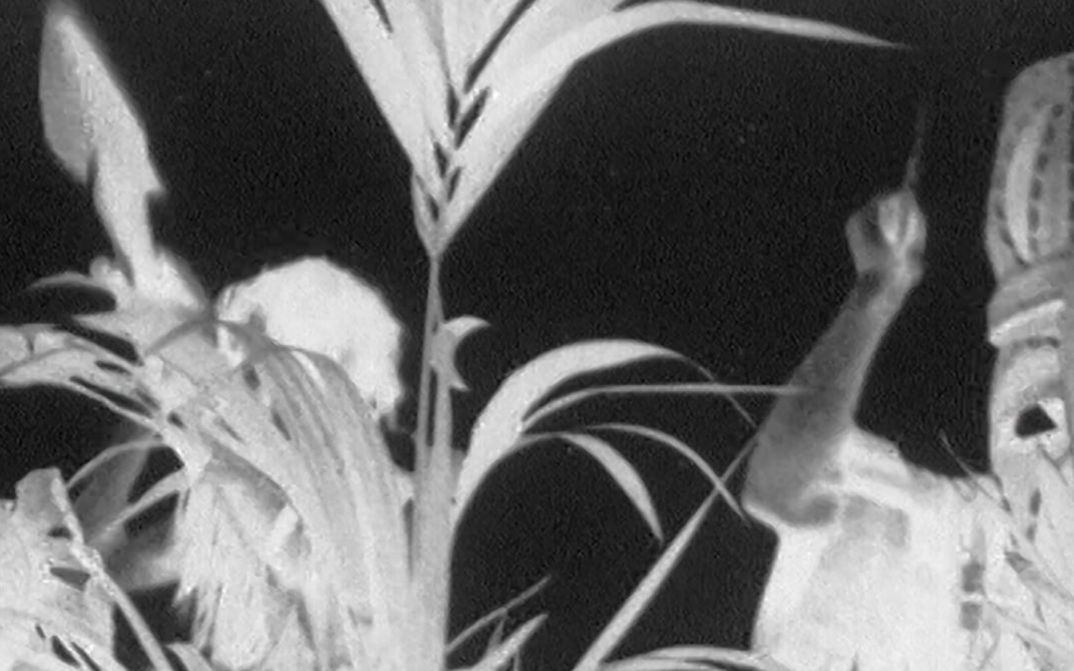Mourir un peu & Frente e traseiras

Sat 07.10.
20:00
Cinema
Arsenal 1
Director
Saguenail
Portugal / 1981 - 85
90 min.
/ DCP
/ Original version
Decolonization / Debt / Migration: Hélastre is the name that the two filmmakers Saguenail and Regina Guimarães chose in 1975 to designate the place of origin of their works, whether they were signed by one or both of them, whether they were films, books, or other freely produced objects. Hélastre put its efforts to add worlds to the possible and possibilities to the world.
MOURIR UN PEU, 1981-85, Saguenail's second feature film, made over four years and the result of the own means, commitment and friendship of a collective that dedicated its summer holidays to it and, realizes the utopian desire for a production model that is totally independent of state funds or patronage. The film unfolds in three episodes, and there is a fourth to link them, which is narrated by the author, a structure that reflects the production model. Shot entirely in Porto, the film explores exhaustively the city, its streets, its cafés, and the interior of the film-maker's own house, revealing on pavements and walls ghosts that move through the space, from Columbus to Hollywood, passing through the mythology of the "Discoveries" and the reality of a country in search of direction.
Director
Regina Guimarães
Portugal / 2002
13 min.
/ DCP
/ Original version with English subtitles
Decolonization / Debt / Migration: At the front, the street and its guardian angels. At the back, the almost distant villages of Las Hurdes that Buñuel filmed in the 30s. In front of the house, the struggle of a group of women workers mistreated by an unscrupulous boss. At the back, an acrid smell of fire. In front of the house, a lamp that will soon be robbed by "urban renewal". The first film made autonomously by Regina Guimarães, an autonomy born from the acquisition of a semi-amateur camera, with which she began to film and record images and sounds as diaries, a practice unfolded in dozens of films that she would later refer to as “cadernos” (journals). (Filipa César)
With the kind support of Calouste Gulbenkian Foundation, Lisbon.
Warmest thanks to Amarante Abramovici for all her generous engagement in the programming and organization of this screening.